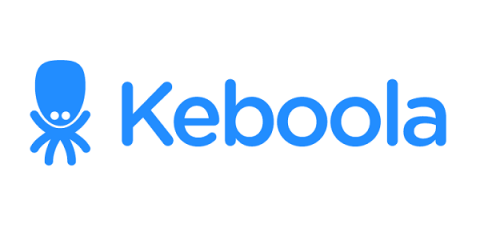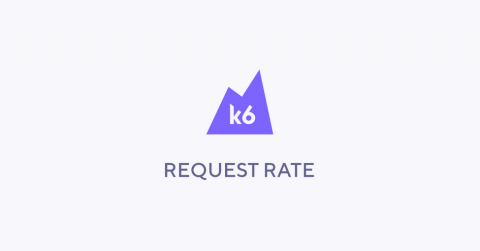Systems | Development | Analytics | API | Testing
%term
Data-Driven Customer Success Management and How APIs Provide the Leading Indicator of Account Health
By employing API analytics platforms Customer Success Management (CSM) teams can proactively help customers reach their goals, which in turn encourages them to renew their subscription and upgrade their contract. Getting your customers to love you is snap with customer-centric API analytics: integrations will happen faster, support will be more on-point and you’ll be set-up to provide real ongoing value.
How to Fix Crashing Apps on an iPhone or Android?
If you’ve got an app that keeps going down for no apparent reason, don’t worry, this quick and easy guide will give you the tools to get it up and running smoothly. To help you better, first select what type of user you are and what problem you have: If you’re not from the tech world yourselves, you probably think us programmers get everything right all the time.
Maximizing performance of Apache Kudu block cache with Intel Optane DCPMM
Intel Optane DC persistent memory (Optane DCPMM) has higher bandwidth and lower latency than SSD and HDD storage drives. These characteristics of Optane DCPMM provide a significant performance boost to big data storage platforms that can utilize it for caching. One of such platforms is Apache Kudu that can utilize DCPMM for its internal block cache.
Replacing Recompose with React Hooks
Recompose is a React utility belt for function components and higher-order components that has been very useful to our frontend engineering team. After more than three years of working with it, we’ve identified a lot of pain points. In October 2018, the React team introduced Hooks which shipped with React v16.8 and provided an alternative to HOCs.
How to remove Recompose and replace with Hooks
In our last post, we explored the pros and cons of Recompose and why we decided to remove it from our codebase. This post includes the strategy we used to approach the large task of implementing that refactor. It’s important to note that this strategy was created to fit our specific situation and is not a one size fits all approach to removing Recompose. Specifically, it was intended to work with our large codebase that is modified by our devs daily.
How Platterz gained data-backed understanding of interaction with new features
Platterz helps cultivate happy workplaces by creating delicious food experiences to offices across the country. To do this, the business intelligence team at Platterz is on a never-ending mission to derive important insights from the multitude of data at their fingertips. Platterz had the data and the world’s best visualization tool - Looker - but they needed a way to organize the data seamlessly in a way that was optimized for their teams.
How Mall Group accelerates feature development and brings autonomy to 100+ engineers
Mall Group, the leading e-commerce group in Central Europe, recently employed Keboola to streamline operations and accelerate growth. In a matter of months, Keboola’s platform enabled Mall Group’s individual teams to become much more autonomous as well as accelerate feature development, testing, and deployment.
How Platterz gained data-backed understanding of interaction with new features
Platterz helps cultivate happy workplaces by creating delicious food experiences to offices across the country. To do this, the business intelligence team at Platterz is on a never-ending mission to derive important insights from the multitude of data at their fingertips. Platterz had the data and the world’s best visualization tool - Looker - but they needed a way to organize the data seamlessly in a way that was optimized for their teams.
How to generate a constant request rate in k6?
There are two different categories of tools in the load testing ecosystem. The first category is called non-scriptable tools and are usually used for load testing either a single endpoint or a set of endpoints. These tools usually generate load using a constant rate, which is measured in requests per unit of time, usually seconds. These non-scriptable tools don't apply any logic to the load testing process, other than the generation of load.










